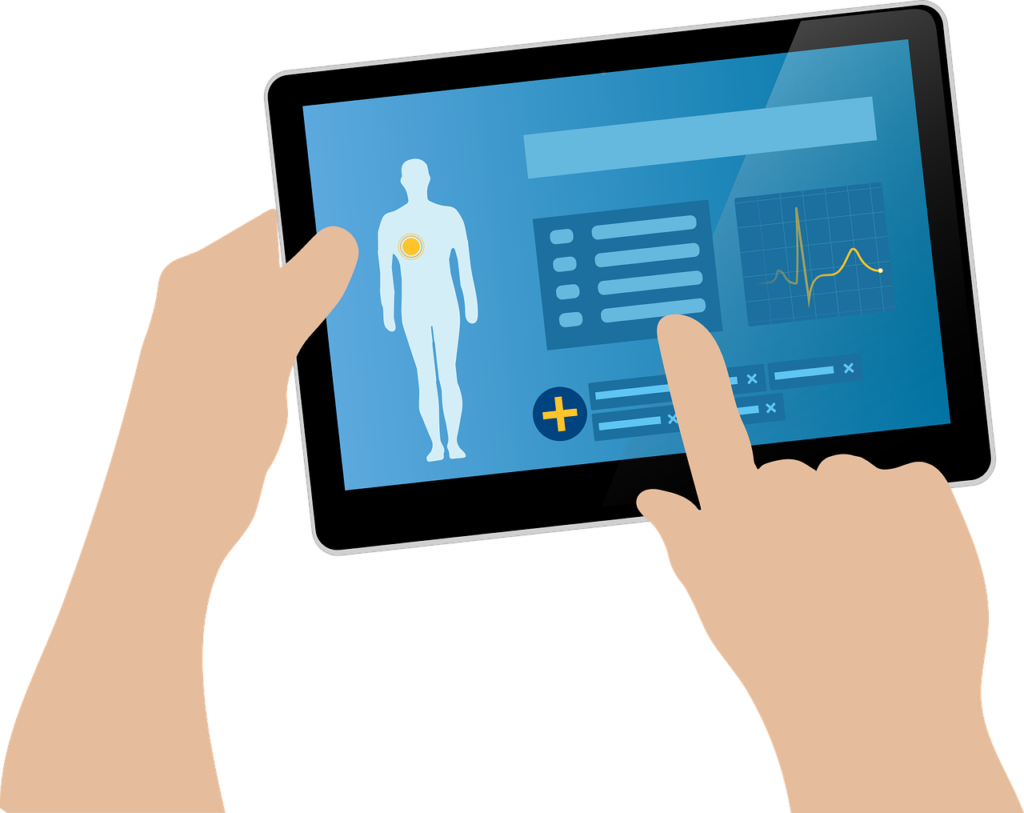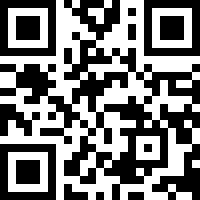Many healthcare providers ask this question: How do I get my patient to follow through with RPM?
Remote patient monitoring (RPM) offers many benefits to healthcare systems and care providers such as high quality of care, patient engagement, and productivity, lower operating costs, and much more.
Despite these advantages, healthcare providers find it difficult to get patients to embrace RPM solutions.
Encouraging patients to embrace remote patient monitoring usually requires patience and careful considerations. Some might think that most patients are not comfortable dealing with complicated products of technology, but actually, that isn’t the only reason.
So, what’s the secret for a successful introduction to remote patient monitoring? Let’s look at these three vital factors:
- On-boarding education and continual support
Most patients – regardless of their age – do not have an aversion to technology; they often fear the lack of support or knowledge about it. Make sure you thoroughly demonstrate how to operate RPM medical devices and the mobile application, allowing them to navigate these technologies by themselves once they leave your office. Highlight the ease of use, educate them on their roles in the care process, and continuously provide support while the patient is under your care.
As a healthcare provider, it is also important to have multiple lines of support. If you receive issues like “my device is not working”, or “my device is not synchronizing with my mobile phone,” you will need to get your vendor involved with the process of troubleshooting issues and educating the patient. Thus, having a reliable RPM partner is worthwhile to deal with on-boarding issues.
- Setting clear goals
So what pain points are you trying to alleviate through the use of remote patient monitoring (RPM) technology? A successful patient engagement starts with clear goals. Continuous real-time RPM solutions are excellent for both short and long-term goals. Short-term care involves post-acute care management, either after surgery or after temporary care in the home of the patient, where the patient returns to daily life after receiving critical care. Long-term / chronic care, the illness is expected to continue for the remainder of the patient’s life, needs to be handled at a low cost, and thus delivered within the patient’s home.
Start with some baseline metrics, then set the target endpoint so that you can analyze the results and make data-driven decisions. For instance, if you are introducing RPM to a patient with diabetes, the example goals could be: to reduce HA1c from 8.5% (1.7% SD) to 7.4% (1.3% SD); to reduce the average HA1c by 0.5% in patients with type 2 diabetes; and/or to reduce HA1c in 3 and 6 months.
Goals can also be about patients’ changes in lifestyle, diet, and exercises.
- Well-designed RPM technology
To empower patients to take greater control of their health, remote patient monitoring (RPM) solutions must be built around ease of use of software, have data-driven credibility, and be cost-effective. Choosing the perfect RPM modality helps you achieve successful patient engagement.
Remote patient monitoring solutions equipped with sensor fusion medical devices are excellent as they provide a holistic and accurate representation of patient-generated health data, promoting patient education and patient adherence. When patients know their disease(s), they are more likely to embrace the use of RPM.
Moreover, multicast continuous real-time data streaming give patients peace of mind, knowing that their condition(s) is being monitored anytime and anywhere.
The bottom line
Patient education and support, clear goals and a well-built RPM technology are proven to be effective across a wide spectrum of patient populations. Find the right RPM partner that can help you achieve these objectives and see how you save you time, effort, and cost while having your patients be more engaged with the process.


